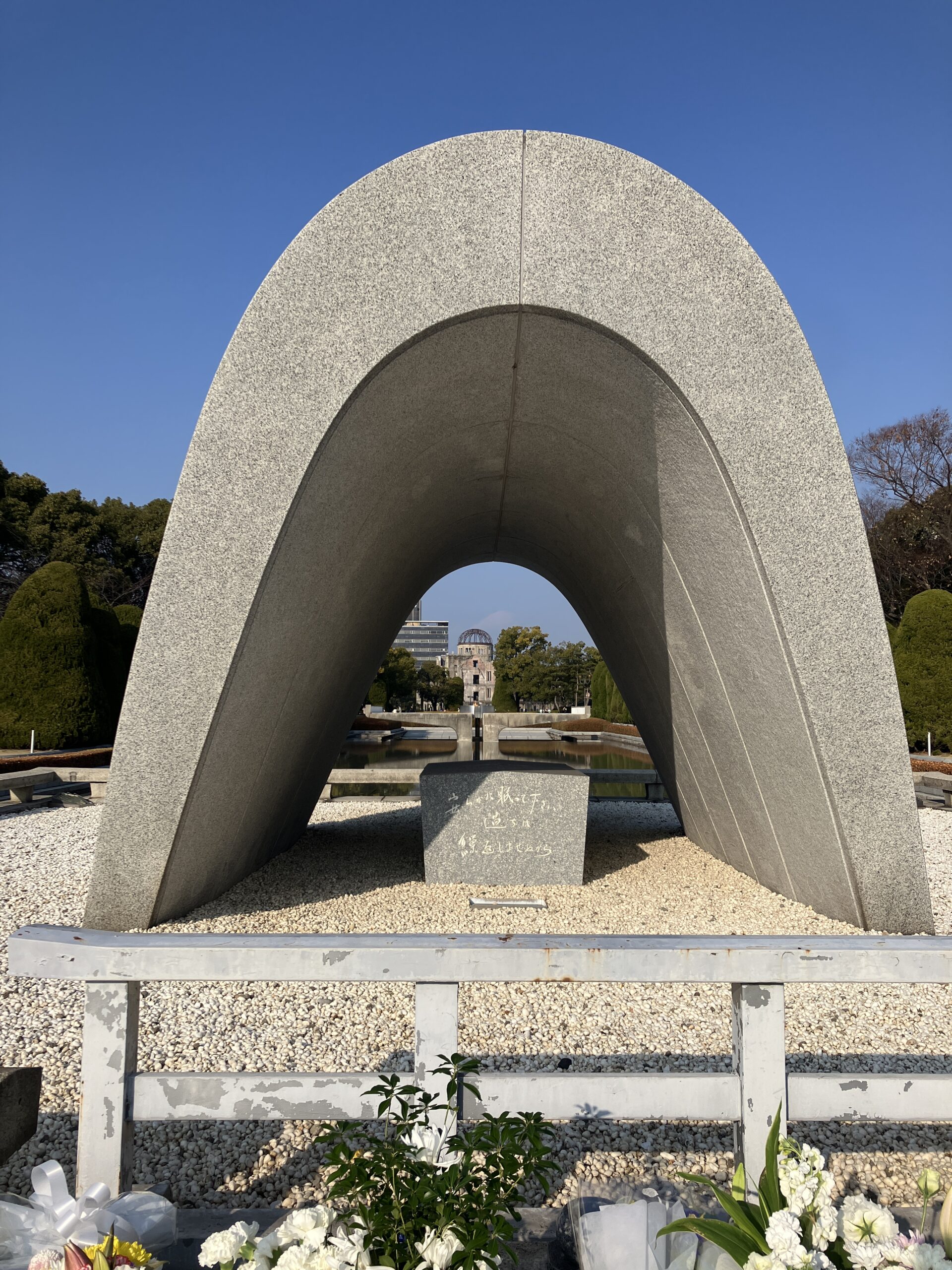Remembering January 15th, 2005
Every year on January 15th, the news serves as a poignant reminder of the Great Hanshin-Awaji Earthquake that struck 30 years ago. The memories of that fateful day remain vivid for many survivors, with stories of people crying for help, children trapped under fallen furniture, and tragic tales of lives lost in rescue attempts.
I was in my early years of junior high school, having recently returned from the United States less than a year prior. That day held special significance as senior students were visiting between their college entrance exams. I was particularly excited to meet and talk with a student I greatly admired. Normally an early riser, I was still in bed at 5:46 am when the earthquake hit.
Suddenly, I felt a strong vertical jolt, followed by a prolonged back-and-forth rocking. Fear gripped me as I struggled to comprehend what was happening. The nerve racking sound of my brother’s clock toy repeatedly announcing “It’s time to wake up” added to the unreal atmosphere. My brothers, sleeping in a bunk bed, the old one shouted at our younger to climb to the top. Though the moment likely lasted less than five minutes, it felt interminable and terrifying.
Our area was fortunate to experience less destruction, with water and gas services quickly restored. Our home suffered minimal damage, with only a fallen TV. My mother later revealed that she and my father had held onto a cabinet containing fragile items, preventing further damage.
It wasn’t until I saw the TV that I grasped the full extent of the devastation. Fires ravaged many areas, particularly in the Nagata district with its old wooden houses, consuming 64% of Kobe city. The narrow roads were an obstacle for firefighters.
The situation was horrific and deeply unsettling. With damaged railroads, I couldn’t attend school. Many people lost their homes or lacked access to water and gas. Isolated to our house, TV and newspapers were my only sources of information in those pre-internet days. Despite my limited familiarity with the area, the images I saw left a lasting impact.
My school teacher assigned us to collect as much news as possible about the disaster. One image that remains burned in my memory is a photograph of a school ground with the desperate plea “Please give us water” written across.
No National Boundaries
My recent trip to Hiroshima with an American best friend was an unexpectedly profound experience. Initially surprised by his desire to visit the site of such a tragic event, I realized that curiosity about history knows no national boundaries.
Although I was more into eating Hiroshima’s famous delicacies – Hiroshima-yaki and oysters.
Entering the Hiroshima Peace Memorial Museum, we were struck by the diverse crowd of international visitors. The exhibits painted a vivid picture of life in Hiroshima before the bombing – ordinary people going about their daily routines, unaware of the impending catastrophe.
The museum’s displays revealed the devastating impact of the atomic bomb. Hiroshima was chosen as a target due to its flat landscape, major port, and significance as a military and industrial center. The damage extended beyond the initial explosion, with black rain causing long-term health issues for survivors.
Survivors who initially appeared unharmed later developed unexplained health problems, often starting with bleeding gums or tongues. The exhibits showcased heart-wrenching scenes of severely burned victims desperately seeking water, with many tragically perishing after finding it.
The museum presented documents, including correspondence between military officials and President Truman. These revealed initial plans to target Kyoto, which was ultimately spared due to its cultural significance, and the decision-making process that led to Hiroshima and Nagasaki being chosen as targets.
As we left the museum, we carried with us a deeper understanding of history. Though leaving behind what is happening to the world is still heartbreaking.
Lessons to Learn
January unexpectedly marked the 30th anniversary of the earthquake, coinciding with my friend’s newfound interest in Hiroshima. When I asked about his impressions before and after visiting the museum, he admitted it had changed his perspective. Previously, he believed America had no choice but to drop the bomb and that Japan should have surrendered sooner. Now, however, a new question lingered in his mind: Was this truly necessary?
I find history’s lessons fascinating and believe we should learn from them. Ironically, it was because of that war that Japan opened its doors to the world, making it possible for me to meet my best friend. While the atomic bombings were undoubtedly tragic events, they ultimately led to significant changes in Japan’s global interaction.
By the way, we met a really beautiful smiling lady that reminded me of my high school teacher. She looked exactly like Daikoku, the god of Commerce and Prosperity! I can still remember she would come in our room and say “WOW!” to everything with a big smile.
Safe flight Mr. Perfect!





Comment